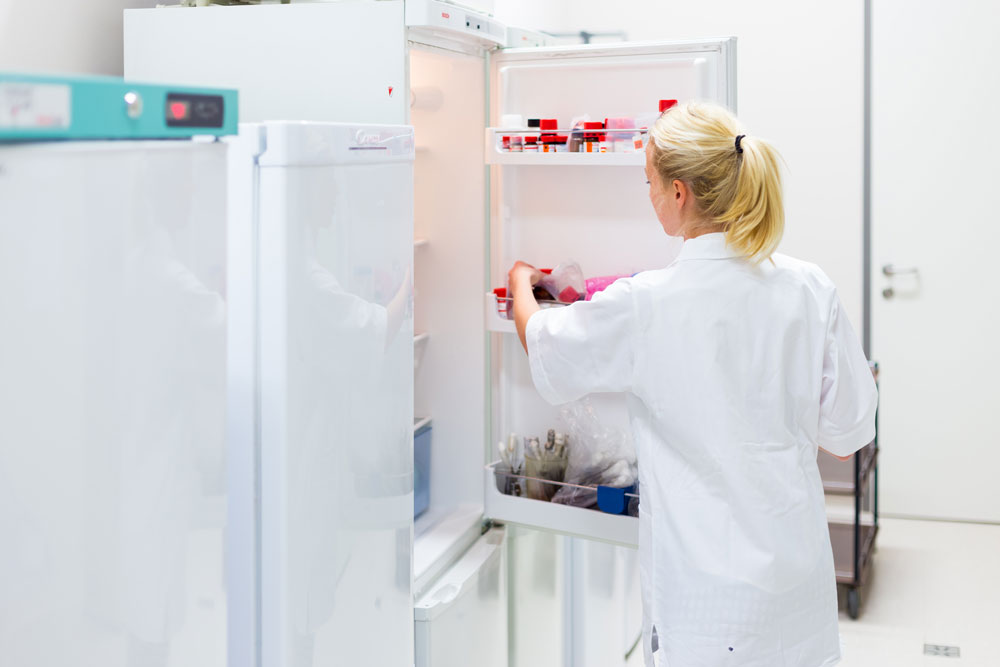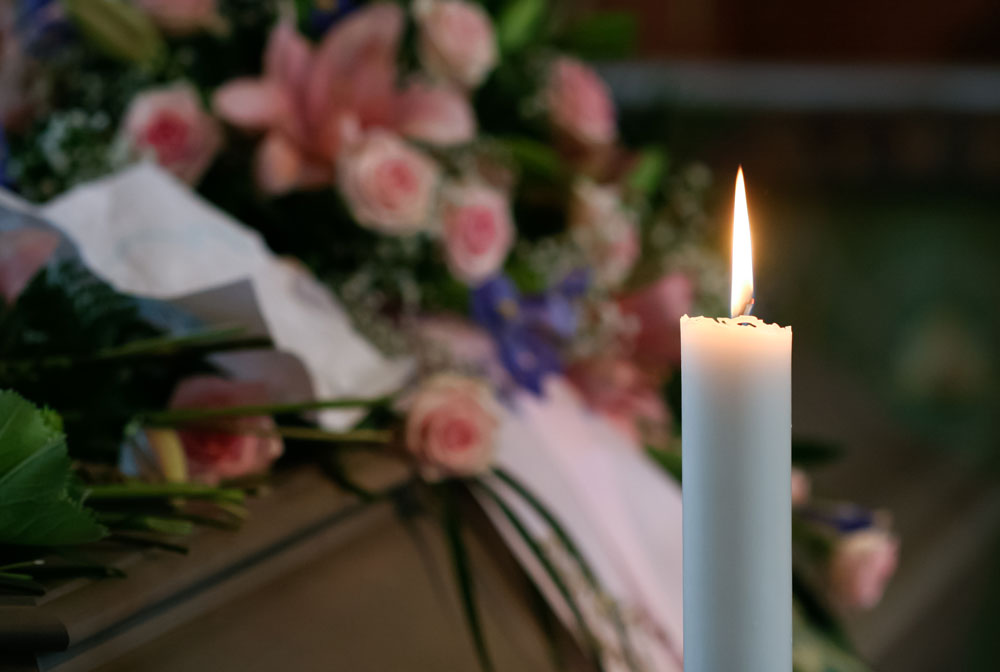So the nursing home strengthens preparedness to handle emergency situations
This article is written based on Swedish conditions. Hopefully it can inspire interested people from other countries.
Having a strong preparedness for emergency situations is crucial for the safety of the nursing home. With the right routines, training, and communication, staff can act quickly and effectively when an emergency arises. Here are some important measures to strengthen preparedness and ensure that the nursing home is ready for emergency events.
 Foto: Mostphotos
Foto: MostphotosSooner or later, healthcare workers face emergency situations
One day, I walked into the dining room. I see that one of our residents is sitting completely silent. His face is blue-grey and his eyes are wide open with fear. My coworkers were busy with other things and no one seemed to notice the resident's situation. I stood behind the man and performed the Heimlich maneuver as I had learned it in my nursing education. The man coughed and out came a sausage shaped like the throat of hard packed pyttipanna.
It happens quite often that someone chokes. Most often it is not a complete blockage as in this case. The most common nasty injuries in a nursing home are probably fall injuries. It gets especially scary when someone hits their head. Often we as employees have not seen the whole process, we may only hear someone whining or calling for help. It can be difficult to determine how serious it is and wrong actions can cause more damage or even death. This is the case, for example, if the person who fell has broken their neck.
Cutting injuries are rare, but stopping bleeding while waiting for the ambulance to arrive can save lives. It is also important to know what the resident wants in the event of, for example, a cardiac arrest. Does the person want to die in peace and quiet or should employees start cardiopulmonary resuscitation.
Another situation where it is important to make the right decision quickly is when someone suffers a stroke. Getting the right treatment and actions quickly improves the possibility of rehabilitating from the long-term damage a stroke can cause the resident.
Fall injuries can also pose a serious danger to the resident's life. Fire is a nightmare scenario in the nursing home.
Handling emergency situations requires readiness to act
This means that in emergency situations in a residence, care staff should be aware of the routines that exist for different events. It is fundamental that employees should know how to contact licensed personnel or 112 in emergency situations with the resident. The Elderly Care Lift provides an opportunity to train care staff as assistant nurses and care assistants with a focus on, for example, giving the resident support for activity in daily life, knowledge of certain anatomy and being able to work preventively regarding falls and pressure ulcers.
Otherwise, those responsible at the business must see what advantages there can be from a patient safety perspective to give employed staff training, and a further plan for competence development. You may have employees who are weak in the Swedish language. For those who are unsure, it can get worse in an emergency situation. Can all staff describe what happened when they need to call the on-call nurse or 112. If not, what does the action plan look like for that employee?
In order for those who work in healthcare to be able to handle different situations, they need to train together. Those who are assistant nurses have hopefully learned how to act in different emergency situations. Many nursing homes have substitutes who lack vocational training. If there are few on duty, each one must know the routines for different events. It is important to have reviews about how employees call a nurse or 112 and what needs to be prepared.
Clear routines and action plans
Develop action plans: The nursing home should have clear action plans for different types of emergency situations, such as medical emergencies, fires, fall accidents or threatening situations. The action plans should be easily accessible and describe step-by-step what the staff should do.
Practice emergency scenarios: Regular training in emergency scenarios is important to ensure that staff are well prepared. Simulations of emergency situations, such as cardiac arrest or evacuation in case of fire, give staff the opportunity to practice and act effectively under stress.
Education and skill enhancement
First aid and cardiopulmonary resuscitation (CPR): All employees should be trained in first aid and CPR. Regular repetition of these skills ensures that the staff can act immediately in a medical emergency. At the same time, it is important that everyone is aware of which residents want to die in peace and quiet during a cardiac arrest so that the dying are not subjected to unnecessary suffering.
Training in crisis management: Training that focuses on crisis management and acute medical situations gives staff the skills needed to handle emergency situations with calm and efficiency.
Access to emergency equipment
Place emergency equipment accessible: Equipment such as first aid kits and fire fighting equipment should be placed in strategic locations. All employees should know where the equipment is and how it is used.
Control and maintenance: It is important to regularly check and maintain the emergency equipment to ensure that it works as it should when needed.
Collaboration and communication
Create communication routines: Effective communication is crucial in emergency situations. Create routines for how staff can quickly inform and coordinate with each other, for example through the use of internal communication systems or radio systems.
Cooperation with external actors: The nursing home should have close cooperation with local fire services, healthcare agencies and police to ensure that they can respond quickly when needed. This cooperation should be regularly evaluated and tested through exercises.
Resident and close information
Inform the residents: It is important that the residents of the nursing home are informed about how to act in an emergency situation. Even though many residents may have reduced physical or cognitive abilities, the information should be simple and easy to understand.
Engage relatives: Also inform the relatives about what routines and measures apply in emergency situations, so that they feel safe with how the residence handles such events.
Regular risk assessments
Perform risk analyses: Regular risk assessments help to identify potential risks and vulnerabilities in the nursing home. This can include everything from fall risks and fire risks to safety around the storage of drugs and dangerous substances.
Adjust the action plans: Based on the results from the risk analyses, the nursing home should adjust and improve its action plans and preparedness routines to meet any new challenges.
Evaluation and follow-up
Evaluate after emergency situations: After each emergency event, a thorough evaluation of how the situation was handled should be carried out. By analyzing what went well and what can be improved, the nursing home can constantly develop and optimize its preparedness.
Continuous improvement: It is important that preparedness is not seen as static but that it is continuously improved and adjusted as new risks or needs are identified.
By working proactively and systematically with preparedness for emergency situations, the nursing home can ensure that the residents receive the best possible care, even in crisis situations. This creates a safe and secure environment for both residents, staff and relatives.
Reflection questions - emergency situations:
Care staff:
- Does it happen that colleagues who have difficulty expressing themselves in Swedish work alone?
- How do you support each other so that everyone in your unit feels safe?
Manager, nurse, occupational therapist and physiotherapist:
- Do you have recurring reviews where you go through how employees should act in emergency situations?
- Do you have any alarm system for emergency events?
Residents and relatives:
- Do the employees have good preparedness for unexpected events?
Erland Olsson
Specialist nurse
Sofrosyne - Better care every day

Aktuellt i media
- 2025-09-01 04:00 09 Mat och måltid
-
2025-08-29 04:00
04 Bemötande
Working with participation is an obvious quality factor in all care for fellow human beings.
info Foto: Mostphotos
Foto: Mostphotos - 2025-08-25 04:00 14 Läkemedelshantering
-
2025-08-21 04:00
06 Dokumentation
With a good implementation plan, the chances increase for our care to be good!
info Foto: Mostphotos
Foto: Mostphotos - 2025-08-18 04:00 16 Sjukdom och död
- 2025-06-26 04:00 04 Bemötande





